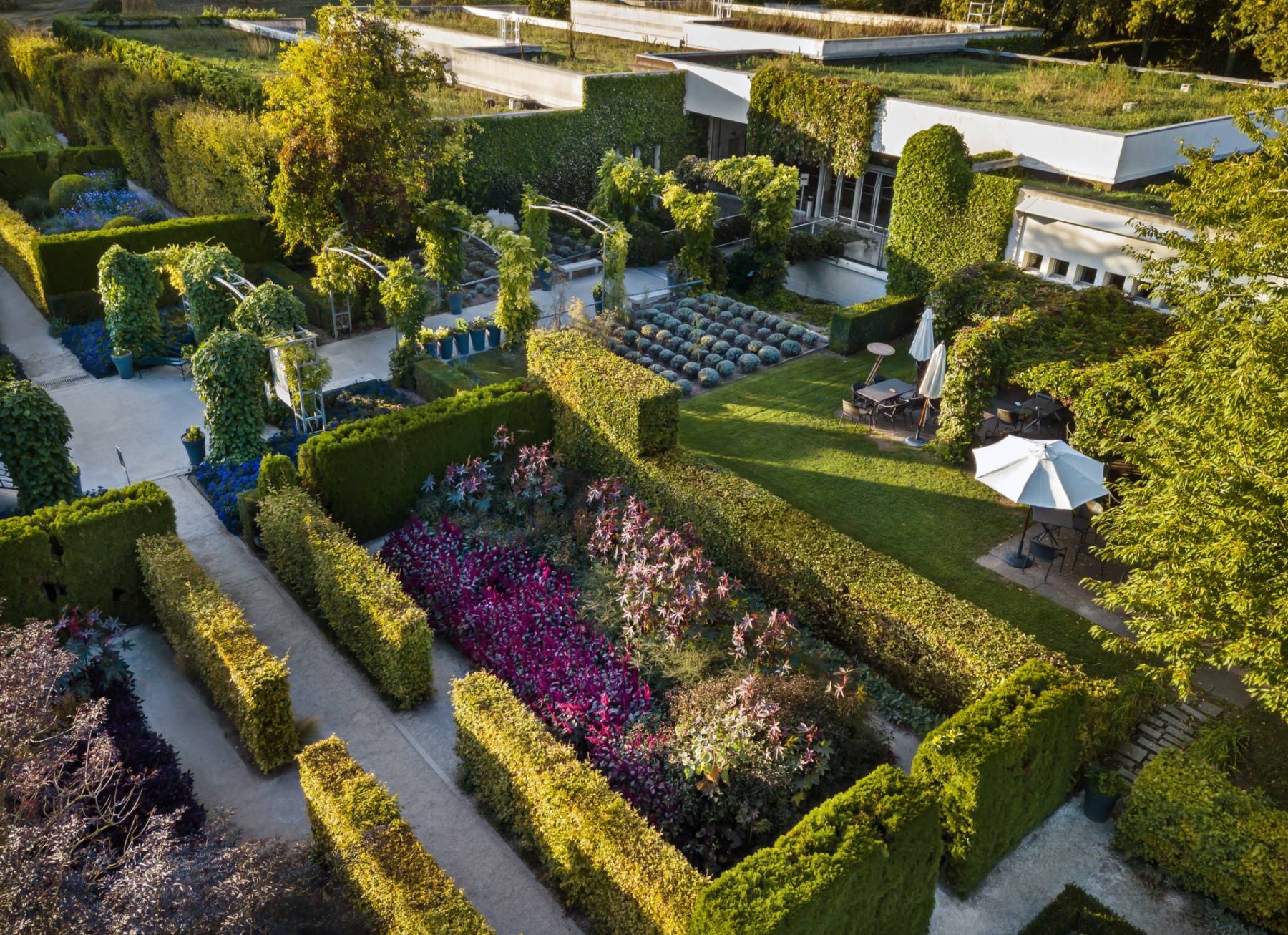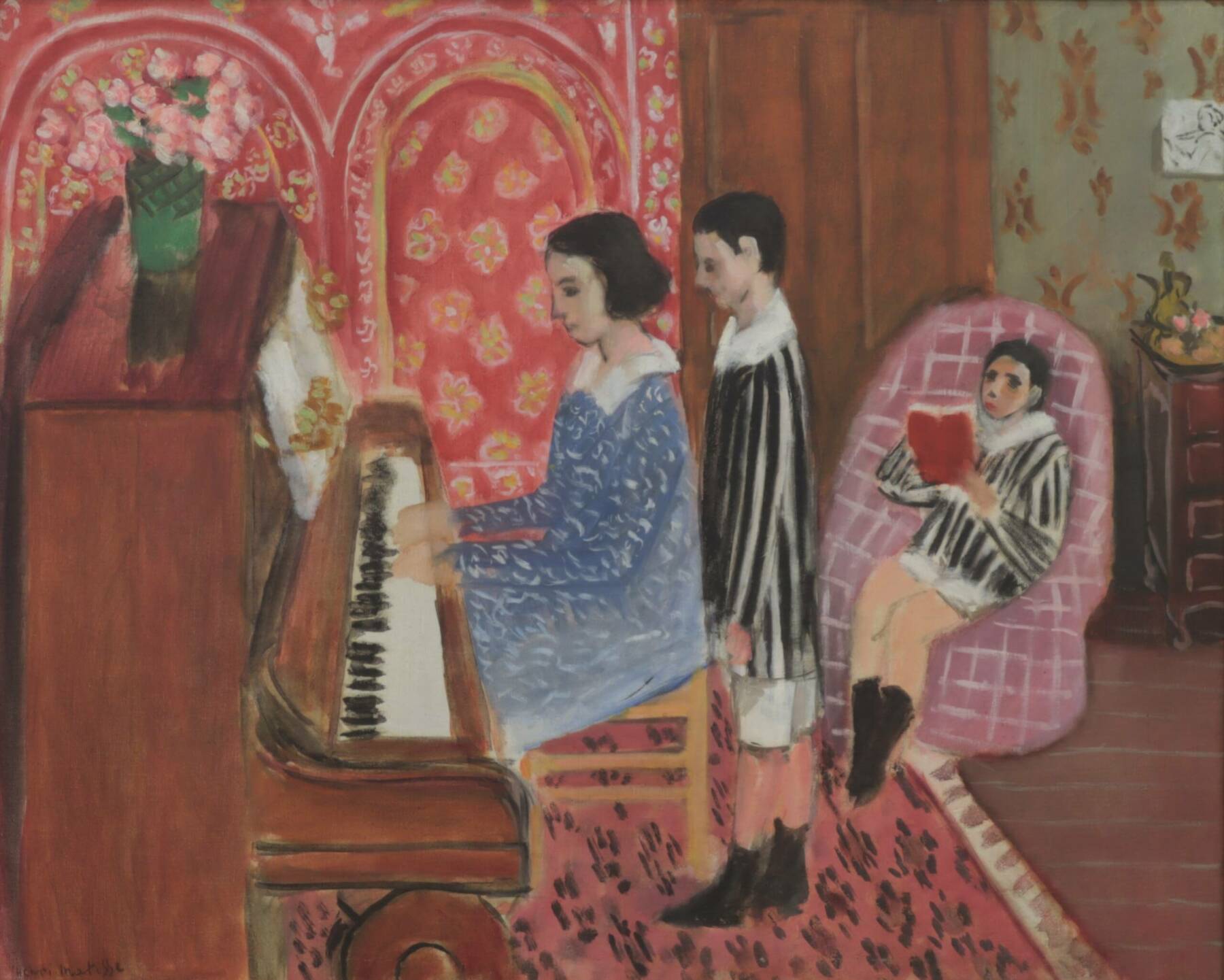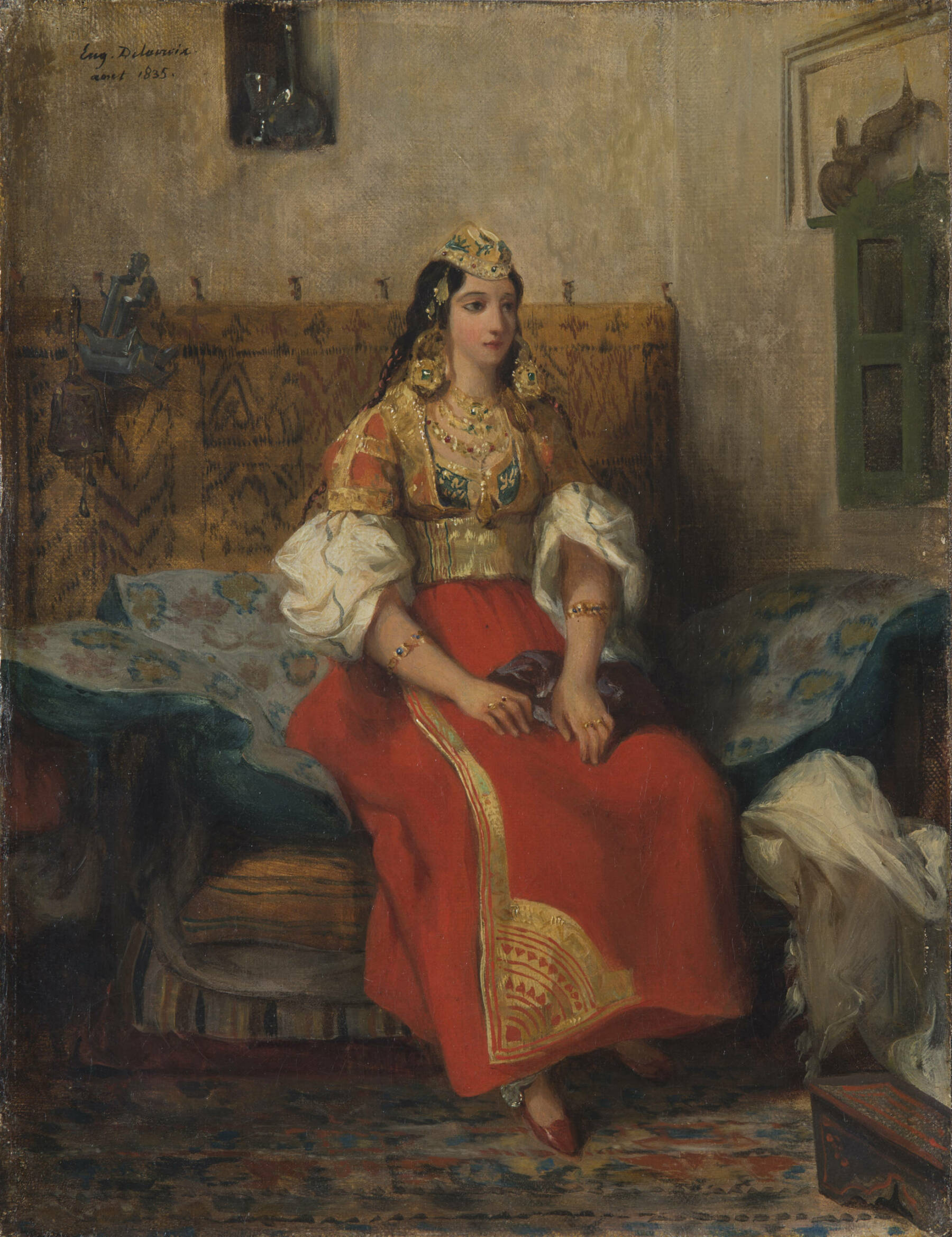Claude Monet
(Paris, 1840 - Giverny, 1926)
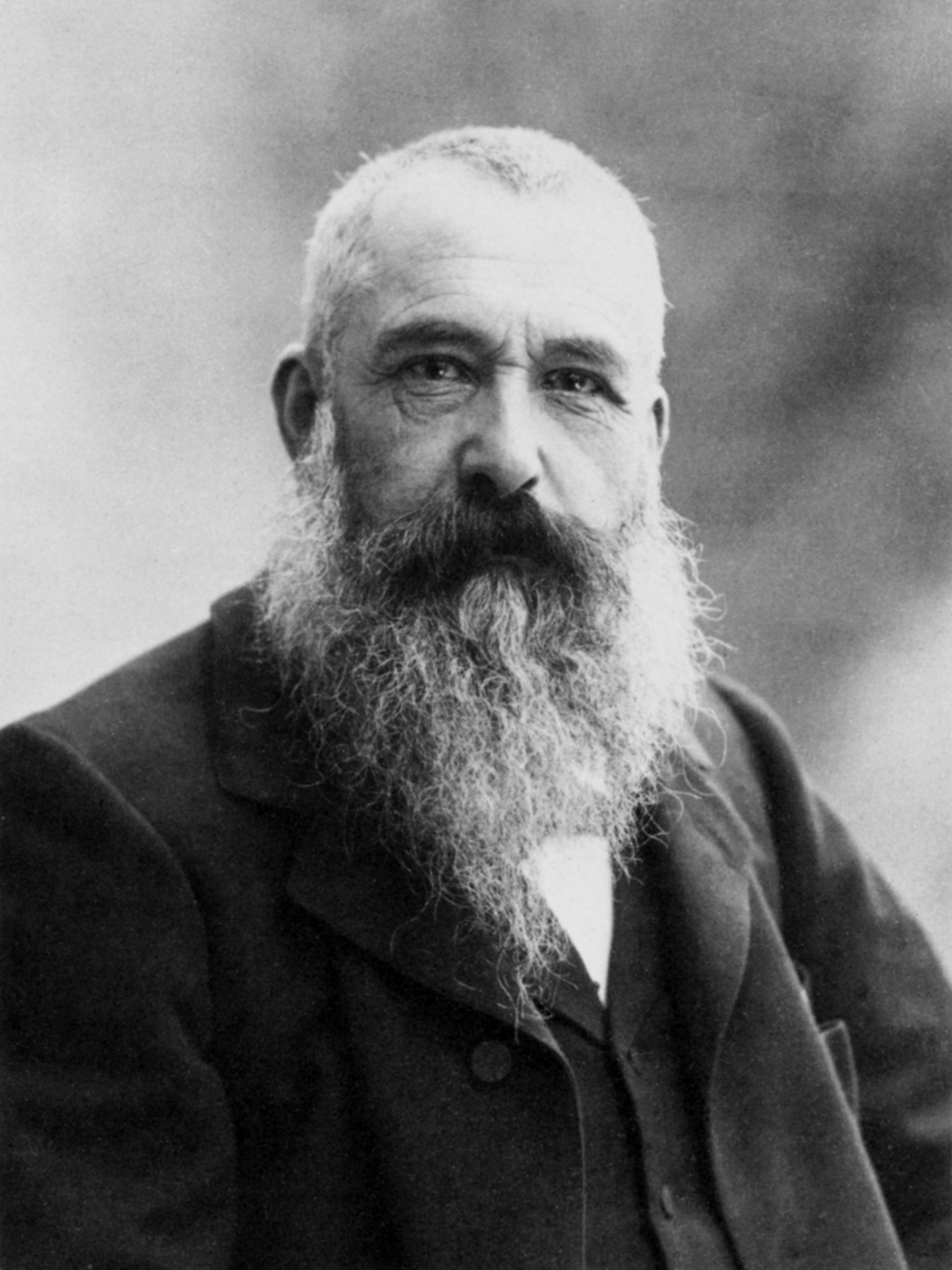
From the invention of Impressionism to the series devoted to his garden in Giverny, Claude Monet tried to capture the very perception of light on canvas.
The Birth of Impressionism
Claude Monet grew up in Le Havre, where his father was a wholesale grocer. He showed an early talent for drawing and his teenage caricatures met with some success. It was after discovering his drawings in the window of a merchant that Eugène Boudin encouraged him to paint outdoors.
In 1862, Monet left Normandy for Paris. A short stay in the studio of painter Charles Gleyre allowed him to meet Pierre-Auguste Renoir, Alfred Sisley and Frédéric Bazille. In their company, he painted in the Fontainebleau forest and on the Normandy coast. Some of his marines were accepted at the Salon, but quickly his increasingly daring paintings met with the disapproval of the jury.
During the Franco-Prussian War, Monet took refuge in London. He found Camille Pissarro there, and discovered in the London museums the work of Joseph Mallord William Turner. Back in France, he settled in Argenteuil, where he painted the new metal bridges and the basin crossed by pleasure yachts. Faced with the Salon’s repeated refusals, Monet and his friends decided to organise their own exhibition in 1874. The title of a painting presented by Monet, Impression, Sunrise, inspired journalist Louis Leroy to name the group « the Impressionists ».
Giverny, the series, the garden
Financial difficulties prompted Monet to seek a more affordable living environment in Vétheuil, in 1878, then in Giverny, in 1883. His first wife, Camille, died in Vétheuil, in 1879. Monet moved to Giverny with his new partner, Alice Hoschedé, who took car of his two sons, Jean and Michel, and her six children from her marriage to art collector Ernest Hoschedé. The heroic years of Impressionism were a thing of the past. The members of the initial group had dispersed around 1880, each one looking for a new artistic path. Among them, Monet was already one of the most famous. He was becoming the flagship figure of the French pictorial avant-garde.
In the 1890s, he painted his first series in which the colors of the haystacks in the fields of Giverny, the poplars on the banks of the Epte and then the facade of the Rouen cathedral metamorphosed from one painting to the next, over days and hours. He traveled to the South of France, Brittany, Holland, the Creuse Valley, Norway, London and Venice.
His growing financial success enabled him to buy the Giverny property in 1890, to remodel his garden and to enlarge it. The luscious flowerbeds, the pond and its water lilies and Japanese bridge became the subject of hundreds of works. The liberated brushwork of these later paintings, where forms appear to dissolve in the light, would inspire the artists of the 20th century.
The museum
About us
See more
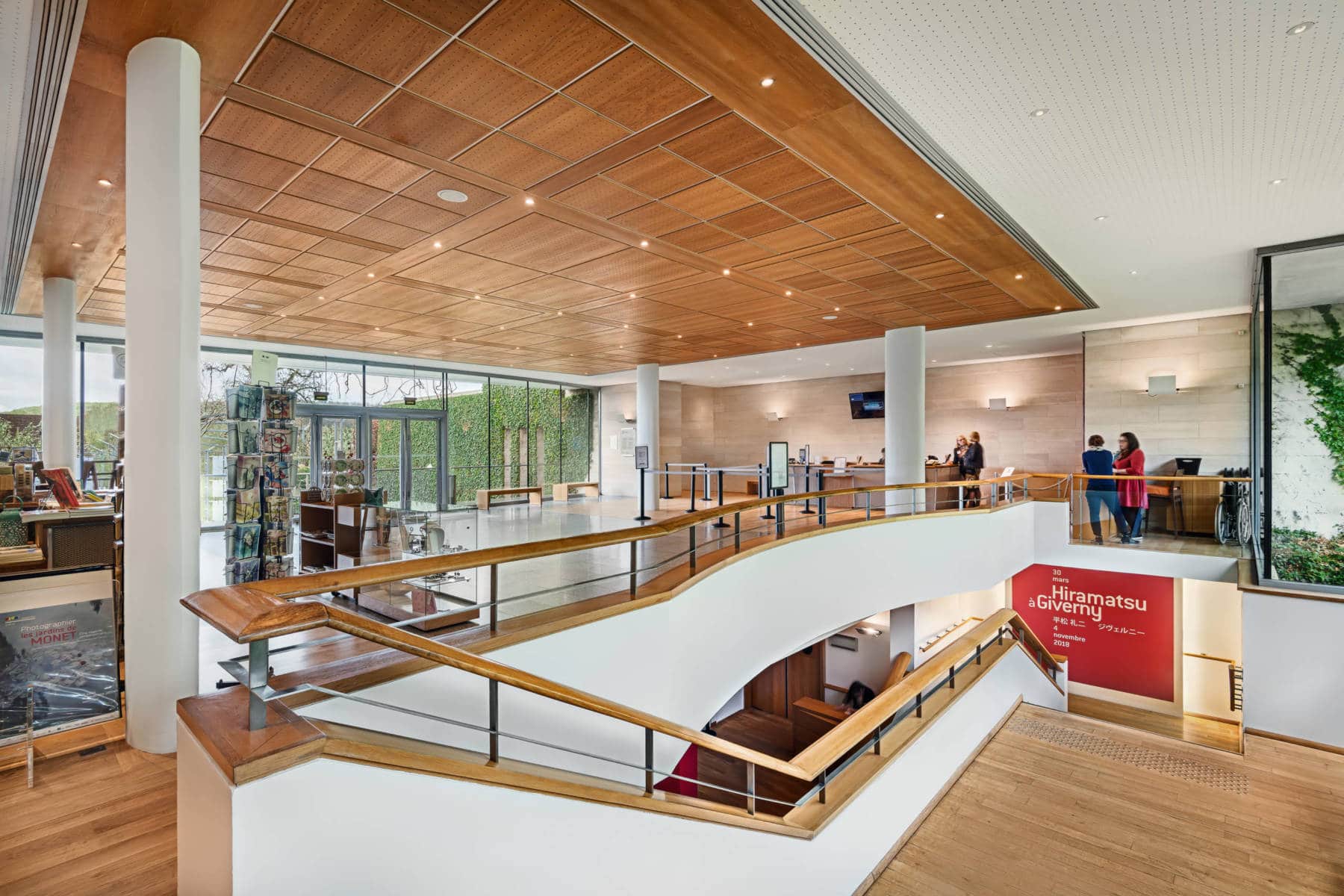
The museum
The garden
See more
